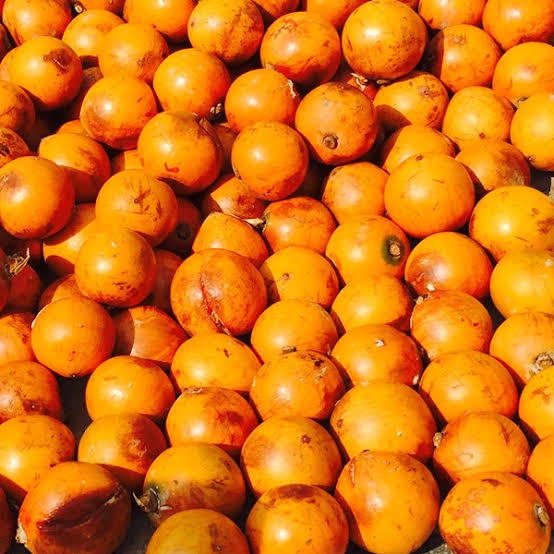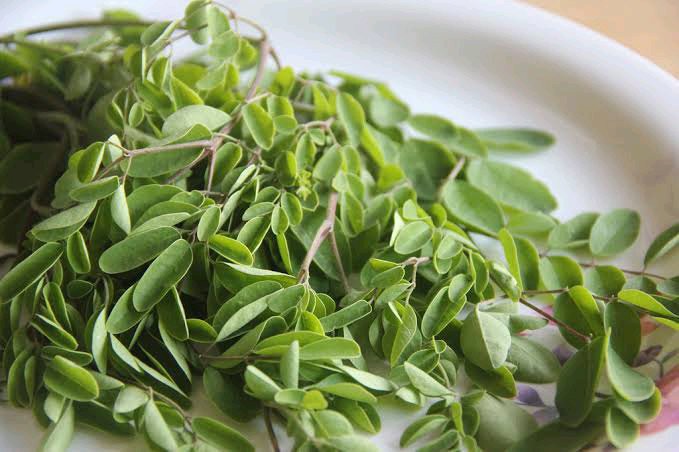The Agbalumo season has returned, and it’s that time of year when fruit-filled wheelbarrows and basins litter the streets.

Agbalumo in Yoruba and Udara in Igbo are two names for the African star apple. It offers several excellent health benefits, just like every other fruit provided by nature.
The benefits of taking Agbalumo are numerous, ranging from the prevention of mouth gum disease to the relief of toothache and sore throat.
When squeezed or sucked, the creamy juice that comes out is not only pleasant like the chewable skin, but it also has some excellent health advantages, which are highlighted below.
1. Aids in weight loss
Agbalumo could be the fruit you’ve been looking for if you’re watching your weight. According to studies, a serving of Agbalumo includes only 67 calories, making it a suitable choice for people who are trying to lose weight because they consume fewer calories.
2. Vitamin C-dense
Agbalumo has a high vitamin C content, with roughly 25mg of vitamin C per 100g of fruit. This aids in the prevention of immune system inadequacies, cardiovascular illness, prenatal health issues, eye disease, and even wrinkles on the skin. It also aids in the prevention of sprue and gum disease by supporting the condition of your gums.
3. Antioxidant (natural)
4. Beneficial to expectant mothers
Agbalumo’s acidic flavor helps to keep the urge to vomit at bay during pregnancy. They should, however, consult their doctors about the ante-natal nutrition.
5. It has a long history of use in folk medicine
Agbalumo’s sweet and sour flavor works as a natural medicine for common ailments like constipation, toothaches, sore throats, and indigestion. The bark of the tree is also used to treat yellow fever and malaria, while the leaves are used to treat wounds, stomachaches, and diarrhea, according to herbalists.











Leave a Comment